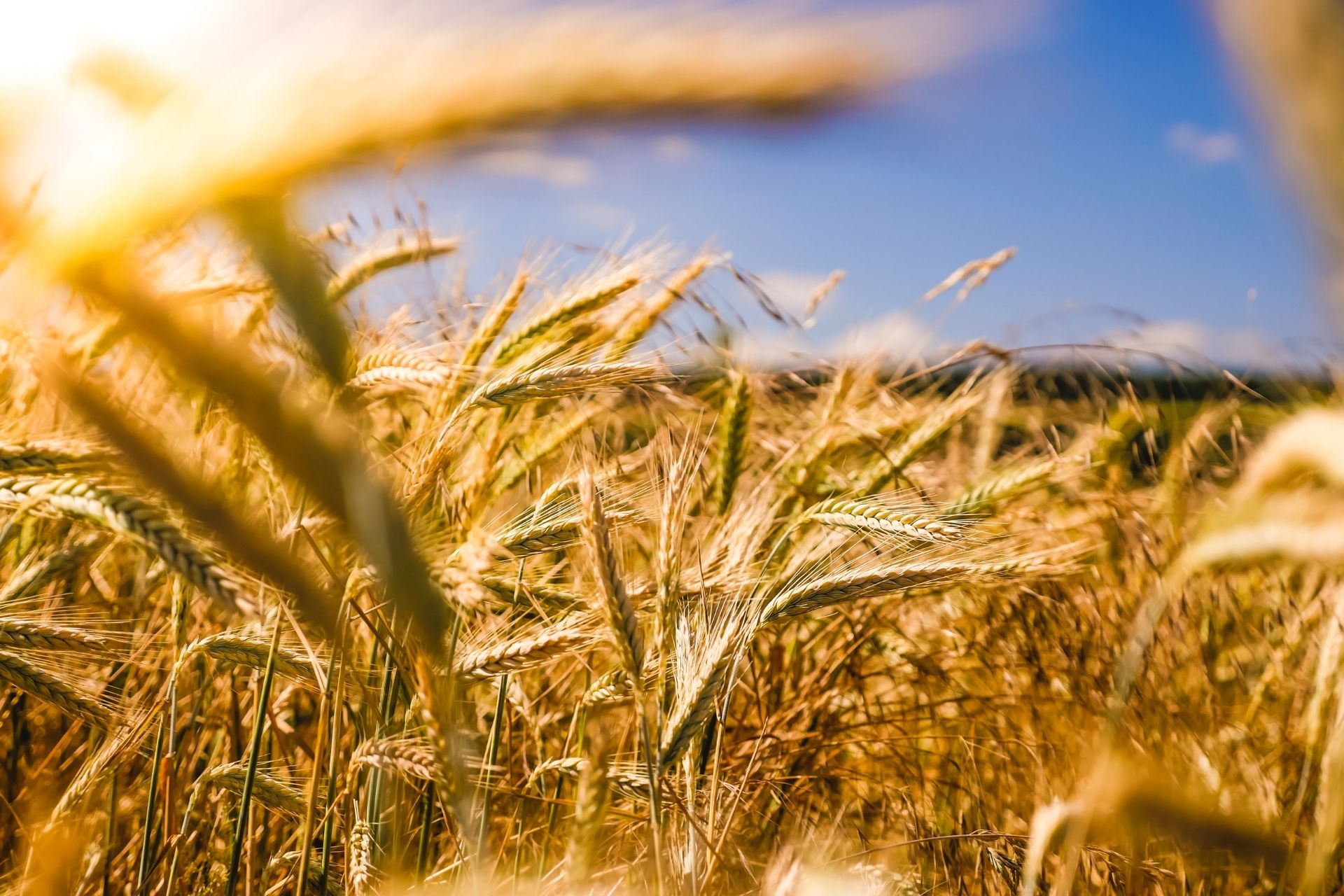
10 Best Farming Techniques
We are reader-supported. When you buy through links on our site, we may earn affiliate commission.
There are about 2 million U.S. farms. Farming practices help keep our economy stable. Recently, there has been a push towards more eco-friendly practices. These focus on conserving water, maintaining healthy soil, and promoting biodiversity. Here are ten of the best farming techniques.
1. Plant a Variety of Crops
Rotating your plants promotes biodiversity. It also improves your soil quality and helps control pests. One method for adding diversity is intercropping. This involves growing a variety of vegetation in one area. Another trick is to rotate crops every three to four years. If you have a smaller space, create raised beds, use pots, or coordinate with friends.
2. Grow Cover Plants
Cover crops are used to enclose the soil instead of being harvested. These plants, such as clover, are usually grown during the off-season. These plants protect the soil by preventing erosion and supplying nutrients. In addition, they help control weeds and reduce the need for herbicides.
When selecting your cover vegetation consider the following:
- What is your primary goal?
- When is the best time and place to add them?
- How do and when do you plan to seed them?
3. Reduce Your Tillage
Tillage is traditional plowing which involves preparing the soil by digging and overturning. However, this can cause dirt loss. Instead, try to insert seeds directly into untouched mulch. The technique can also reduce erosion and improve soil health. Keep in mind you’ll need special equipment, such as disc seeders or agricultural drills.
4. Using Integrated Pest Management Practices (IPM)
IPM is one of the best farming techniques to control pests. It uses a variety of methods, such as biological controls, to get rid of critters. For example, natural enemies, such as predators or parasites are introduced.
To decide if IPM is the best strategy for you, do some research. Check your field to identify which insects are present and what damage they caused. This specific information allows you to determine the best management strategy.
Here are some other common techniques used:
- Cultural control
- Chemical control
- Mechanical and physical control
5. Combine Livestock and Crops
Often plants and animals are separated on a farm. However, then animals are farther away from their food supply. Also, plants are far from their manure fertilizers. Placing the wildlife and vegetation in one place increases efficiency and profitability. Plus, with the impacts of climate change, farmers can’t just rely on their crops. So, having livestock acts as a buffer during a poor harvest year.
6. Taking on Agroforestry Practices
This is one of the best farming techniques using natural resources. It involves mixing in trees within your farming operations. These trees provide shade and shelter for plants and animals. In addition, they provide extra income by allowing you to sell food or lumber. Also, the trees improve the air and soil quality. Shrubs absorb carbon dioxide slowing down the impacts of climate change.
7. Use All the Land
Treat less cultivated areas, such as prairie strips, with importance. These sections can help to control erosion, reduce runoff, and support biodiversity. Therefore, incorporate strategies that impact the land as a whole.
8. Apply Permaculture Practices
This is a system that applies principles found in nature to land management. Permaculture intends to design efficient systems that use less waste. There is a focus on adding different perennials, such as fruit trees, that all work together.
Here are some more permaculture techniques:
- Herb spirals
- Keyhole gardens
- Sheet mulching
- Building swales
9. Incorporate Biodynamic Farming
Biodynamic farming takes an ecological and ethical approach to farming. It’s when you manage your farm as a whole where all species support each other’s health. For example, the animals should help replenish soil fertility.
In addition, improve soil quality with on-site methods. These include things like composting, using animal manure, and cover cropping. Another focus is using natural phonemes, such as the moon and sun cycles.
10. Try Hydroponics and Aquaponics Methods
These techniques focus on growing plants without soil. Instead, nourish them with specialized nutrients and water. For hydroponic systems, the vegetation is grown in a mineral solution with gravel. The benefits of this method include conserving space and water and requiring less labor.
Aquaponics combines raising aquatic animals, like fish, with growing hydroponic plants. The waste material from the fish is used to nourish the crops. Then any leftover water is reused by the fish. This process prevents resources from going to waste. In fact, agriculture accounts for 80% of our water use. Also, Aquaponics doesn’t rely on pesticides that can harm the environment. Both hydroponic and aquaponic systems are available for residential or commercial use.
Best Farming Techniques for Sustainability
The agricultural industry is continually growing and evolving. There is a new trend toward more eco-friendly practices. This starts with plant diversity and conserving resources. So, try out a few of these best farming techniques to have a successful season.
Share on
Like what you read? Join other Environment.co readers!
Get the latest updates on our planet by subscribing to the Environment.co newsletter!
About the author

Jane Marsh
Starting from an early age, Jane Marsh loved all animals and became a budding environmentalist. Now, Jane works as the Editor-in-Chief of Environment.co where she covers topics related to climate policy, renewable energy, the food industry, and more.





